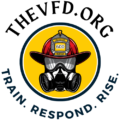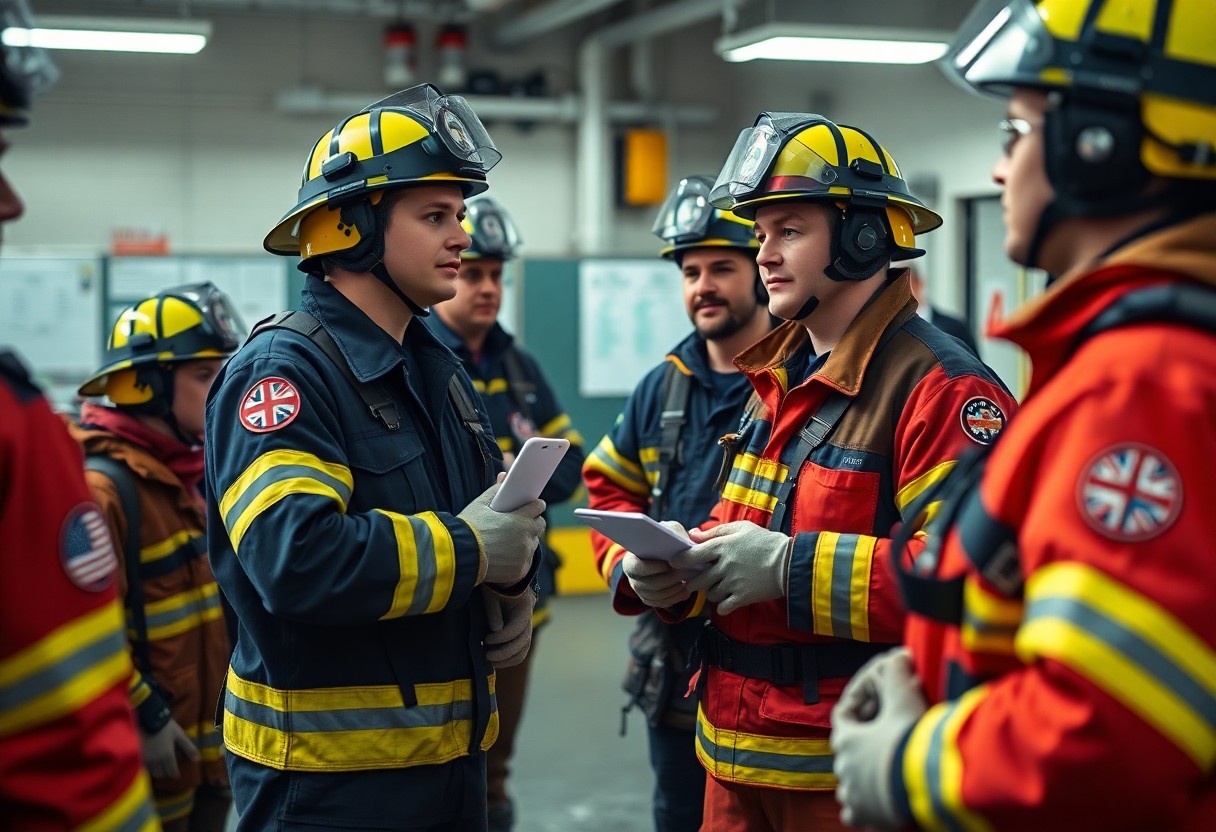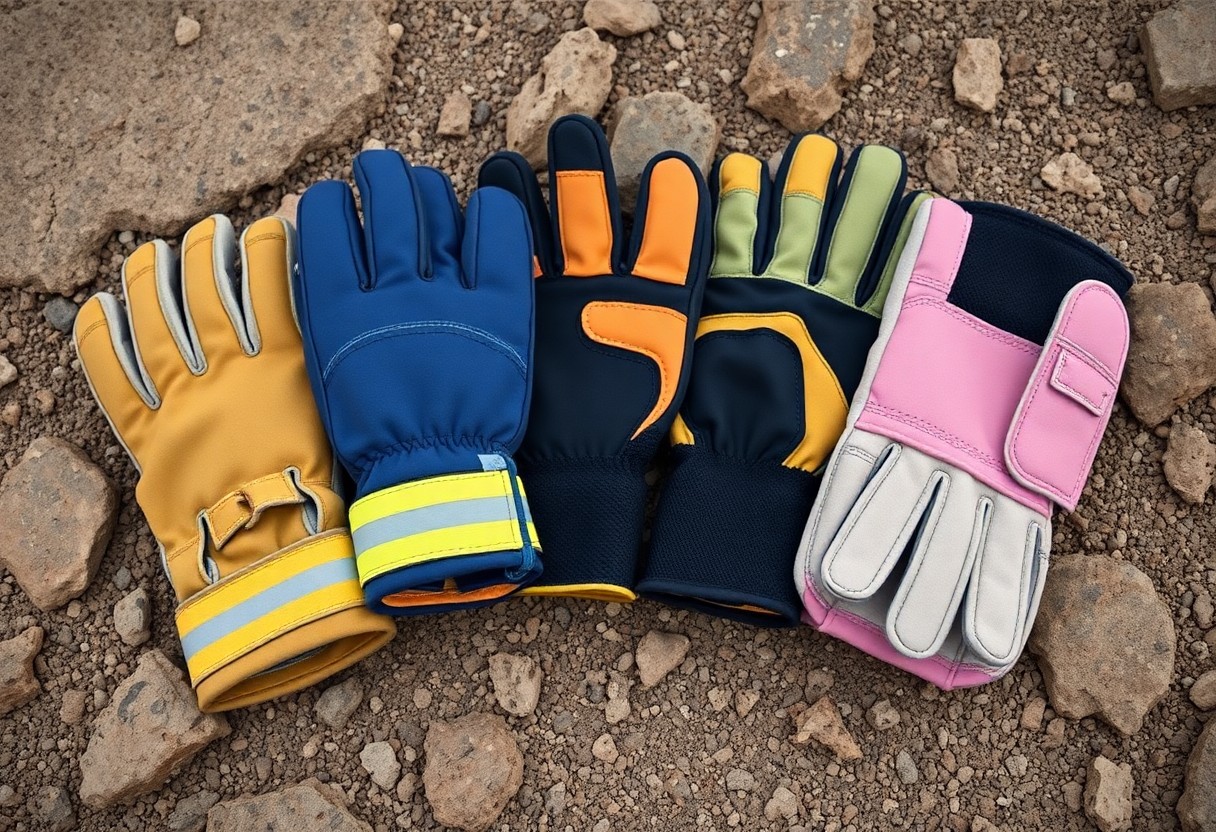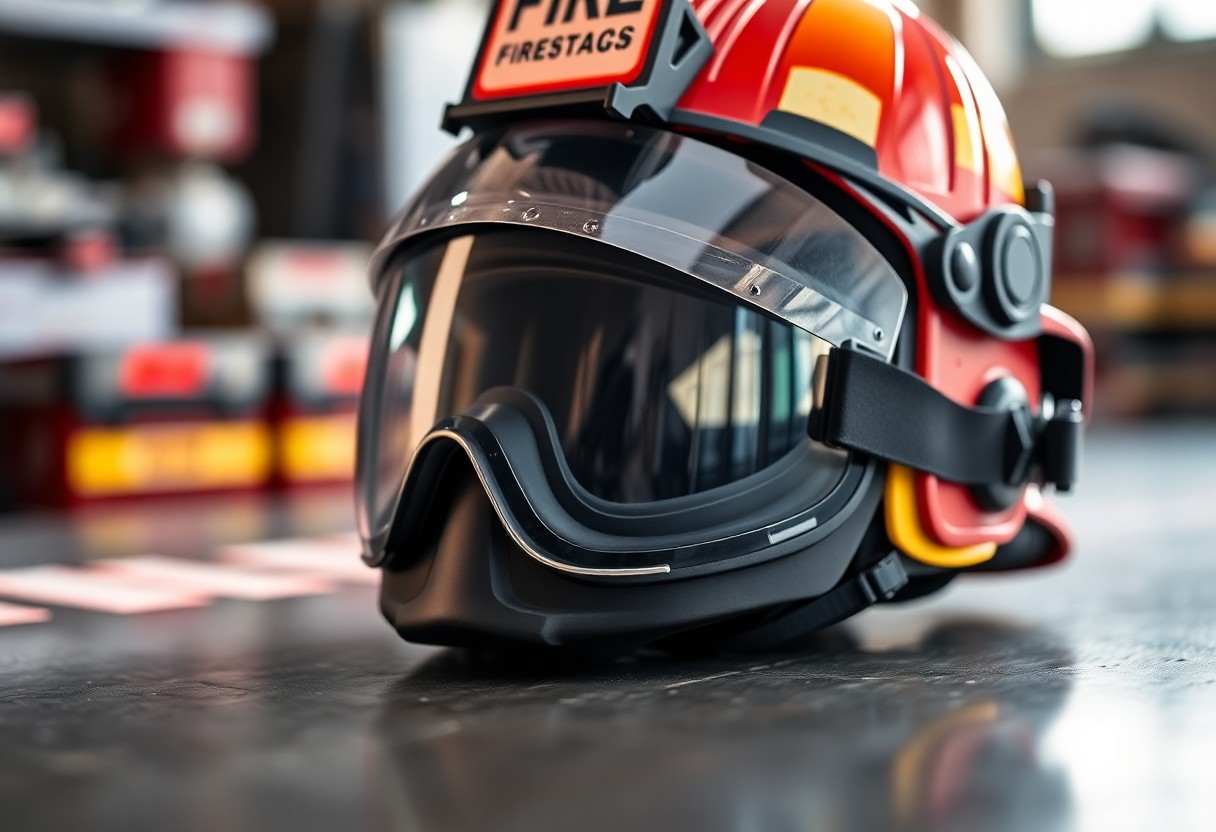Overseeing the safety of your volunteer fire department starts with ensuring that all members adhere to proper Personal Protective Equipment (PPE) standards. Implementing effective strategies for PPE compliance not only enhances the safety of your team during emergencies but also fosters a culture of accountability and awareness. In this blog post, you will discover practical methods to instill PPE discipline, including training programs, regular inspections, and open communication. By taking these steps, you can significantly reduce risks and protect your members in every call they respond to.
Importance of PPE Compliance
Adhering to PPE compliance is vital for the safety and well-being of all members in volunteer fire departments. Proper use of personal protective equipment not only enhances individual safety but also fosters a culture of responsibility and preparedness within your team. Ensuring that every firefighter is equipped with and adheres to PPE guidelines helps mitigate risks and contributes to a more effective emergency response.
Protecting Firefighters’ Safety
Against the backdrop of hazardous environments, wearing appropriate PPE significantly lowers the risk of injuries and fatalities. When you prioritize gear compliance, you are actively safeguarding your team from the dangers they face on the front lines, from burns to inhalation hazards. It’s important that each member understands the importance of their protective equipment to remain operationally safe and effective.
Legal and Regulatory Obligations
Behind the scenes, various regulations and laws mandate the use of PPE in firefighting operations. These requirements exist to protect not only your firefighters but also the community they serve. Ensuring compliance is critical for maintaining accountability and operational integrity.
At your department, it is important to stay informed about the latest legal standards and regulations concerning PPE. Regular training sessions and policy reviews can help you ensure that all members understand and comply with these obligations. Failing to adhere to these regulations can result in penalties, legal liabilities, and compromised safety for everyone involved. Upholding these standards is important for fostering a safe working environment and maintaining public trust in your volunteer fire department.
Assessing Current PPE Standards
Some fire departments find it challenging to align with the latest PPE standards due to varying regulations and resources. You should regularly evaluate your department’s PPE policies to ensure they comply with established guidelines and address the unique hazards faced by your firefighters. This proactive approach demonstrates a commitment to safety and reinforces a culture of compliance among team members.
Inventory of Provided Equipment
Behind every effective PPE compliance program is a thorough inventory of the equipment currently provided to your firefighters. You should maintain a complete list of all gear, including helmets, turnout gear, gloves, and boots, to ensure that every member has access to the necessary protection to perform their duties safely.
Evaluating Condition and Suitability
To maintain optimal safety and performance, you must evaluate the condition and suitability of your PPE. Regular inspections should be conducted to identify any worn, damaged, or outdated equipment that could jeopardize safety during emergency responses.
Provided equipment must not only meet the current safety standards but also be appropriate for the specific demands of your fire department’s operations. Consider the environment your firefighters work in and the range of risks they face. This includes assessing the fit, comfort, and functionality of each item of PPE to ensure it allows for ease of movement and adequate protection in critical situations.
Training and Education
One of the most effective ways to ensure PPE compliance among your volunteer fire department members is through comprehensive training and education. By investing in structured programs, you can cultivate a culture of safety and awareness, empowering your team to prioritize their personal protective equipment usage at all times.
Initial Training Programs
Above all, initial training programs serve as the foundation for safe practices within your department. During these sessions, you should cover the importance of PPE, its various components, and the scenarios in which each piece of equipment is required. This hands-on training allows new members to understand the significance of compliance early on.
Ongoing Education and Refreshers
Around the firehouse, ongoing education and refreshers are imperative for maintaining high standards of PPE compliance. As situations evolve and new equipment is introduced, you must continue to reinforce the knowledge and skills your team acquired during initial training. Regularly scheduled refresher courses will help everyone stay up to date with best practices and any changes in equipment technology.
To maximize the effectiveness of ongoing education, consider implementing interactive workshops or scenario-based training that brings real-life challenges to the table. This approach not only makes the learning experience engaging but also allows you to assess your team’s understanding and application of PPE protocols in various situations. Encouraging open discussions and sharing personal experiences among team members can help solidify these lessons, fostering a culture of safety and compliance that ultimately protects both you and your fellow firefighters.
Implementation of PPE Policies
Despite the importance of PPE compliance, many volunteer fire departments struggle with effectively implementing policies. By establishing clear expectations and standardized procedures, you can foster a culture of safety and ensure that all members understand their responsibilities regarding personal protective equipment usage. It’s vital to communicate these policies regularly and provide easy access to them for all team members.
Developing Comprehensive Guidelines
Between creating main policies and detailed protocols, you can ensure that your PPE guidelines address the specific needs of your department. These guidelines should cover appropriate equipment, maintenance routines, and training requirements, helping everyone grasp the importance of PPE in their safety and effectiveness during emergencies.
Enforcement Mechanisms
Behind every effective PPE policy are enforcement mechanisms that hold members accountable for compliance. You should establish clear consequences for non-compliance, along with regular audits and safety checks. This not only deters negligence but also reinforces a culture of responsibility among your team.
Indeed, enforcement mechanisms are vital to ensuring that your PPE policies are more than just words on paper. Consider implementing a system of regular inspections and providing feedback on compliance. Engaging members in the process, such as peer reviews or participation in safety committees, can further instill accountability. By fostering an environment where adherence to PPE policies is part of your department’s culture, you create a safer operational setting for everyone involved.
Monitoring Compliance
Not only should you enforce policies regarding PPE use, but monitoring compliance is crucial in creating a culture of safety within your department. Regular observation and adherence to guidelines can protect both your members and the community they serve. Establishing a systematic approach to monitoring will ensure every firefighter adheres to the necessary protocols.
Regular Inspections
Before you can improve compliance, your department needs to implement regular inspections of PPE equipment. These inspections should be conducted frequently to identify any damaged or worn-out gear, as this directly influences safety. You can schedule inspections monthly or quarterly, depending on your department’s resources, ensuring all members have the proper equipment in good condition.
Feedback and Reporting Systems
By creating a robust feedback and reporting system, you enable your members to voice concerns or report issues regarding PPE. This not only fosters open communication but also allows you to address potential problems proactively. Encouraging a culture of reporting ensures that compliance becomes a shared responsibility among all members.
Considering the importance of feedback and reporting systems, you should establish simple and accessible channels for your team to share their experiences with PPE. This could involve anonymous surveys, suggestion boxes, or regular safety meetings focused specifically on PPE discussions. By valuing their input and addressing their concerns efficiently, you enhance morale and promote adherence to safety protocols, ultimately leading to better compliance rates within your department.
Engaging the Community
Now, engaging your community is necessary for fostering a culture of safety and accountability within your volunteer fire department. By actively involving local residents, you promote awareness of Personal Protective Equipment (PPE) requirements, which can lead to improved compliance among your members. Organizing events, such as open houses or safety demonstrations, not only showcases your department’s dedication to protecting the community but also encourages conversations around the importance of PPE compliance.
Encouraging Member Participation
Among the best ways to ensure adherence to PPE standards is by encouraging your members to take an active role in the process. Facilitate discussions about PPE choices and safety practices during meetings, allowing members to voice their opinions and concerns. By involving them in decision-making and training sessions, you instill a sense of ownership and responsibility, which can lead to increased compliance.
Building Public Trust and Support
Among the many benefits of engaging with your community, establishing trust and support can greatly impact your volunteer fire department’s success. By clearly communicating your safety protocols and PPE standards, you help residents understand their importance, fostering stronger community relationships. Your department can cultivate a more supportive environment, leading to better funding, resources, and volunteer recruitment.
Further, building public trust enables a cooperative spirit between your fire department and the community you serve. Engaging regularly through outreach initiatives, educational programs, and transparent communication about your PPE compliance practices can significantly enhance credibility. As residents see your commitment to safety, they will be more likely to rally behind your department in times of need and support initiatives that benefit everyone.
Conclusion
Now that you understand the various strategies for ensuring PPE compliance among your volunteer fire department members, it’s necessary to implement regular training, establish clear policies, and conduct routine inspections. By prioritizing communication and fostering a culture of safety, you can empower your team to take personal responsibility for their gear. This proactive approach not only enhances individual safety but also strengthens your department’s overall effectiveness in responding to emergencies. Stay committed to these practices, and your members will be better equipped to serve your community safely and efficiently.



